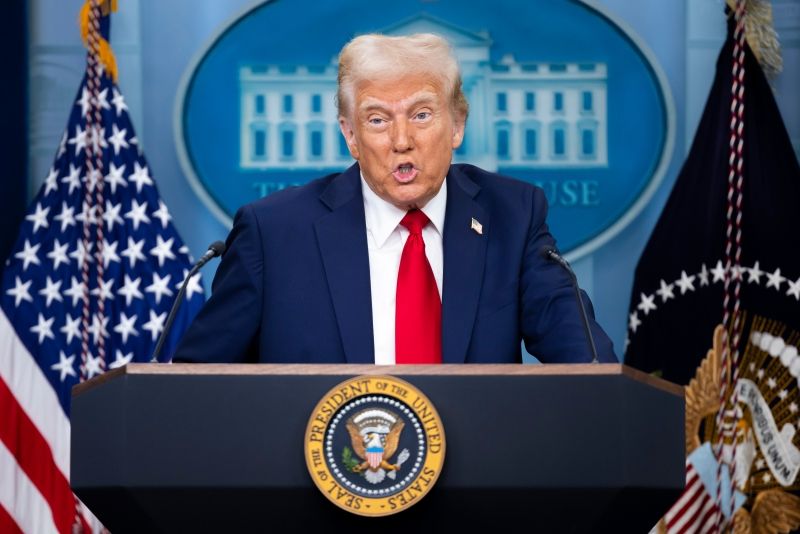
The US will spend the funding on various capabilities from the naval and space domain, and on air defence.
The US government has passed legislation that appropriates an additional USD150 billion for defence spending in 2025, details of the bill signed into law on 4 July have revealed.
Dubbed the ‘One Big Beautiful Bill Act’ (OBBA) by US President Donald Trump, this legislation is a reconciliation bill, meaning it adjusts key areas of government spending, reallocating funds in several sectors including defence.
This spending does not constitute the US’ defence budget for 2026, which is still under debate and set to total over USD1 trillion.
Under OBBA, the government will spend significant sums of money on boosting its naval capabilities, with USD2.1 billion earmarked for the development and procurement of uncrewed surface vessels.
A further USD1.3 billion will be spent on uncrewed undersea vehicle production, while USD200 million will be spent on the procurement of autonomous undersea munitions.
Traditional naval capabilities will also receive investment, including USD500 million for the development and procurement of maritime mines, USD400 million to produce heavyweight torpedoes, and USD200 million for lightweight torpedoes.
Other naval investments include tens of millions of dollars for undersea explosives and sonobuoys, sonar devices that detect undersea threats.
The largest proportion of funding from the bill was allocated towards space, with USD7.2 billion earmarked for developing and procuring military space sensors.
Money has also been set aside for air and missile defence capabilities, with USD250 million allocated for the procurement of medium-range air-to-air missiles and USD167 million allocated for air and missile defence interceptors.
More spending on innovative equipment
The bill is also prioritising the “procurement and fielding of innovative technologies”, with USD2 billion set to be funnelled into the expansion of the US’ Defense Innovation Unit, a department of the military which launched a competition for counter-drone technologies earlier this year.
In a similar vein, USD90 million will be spent on developing “reusable hypersonic technology” for missile strikes, and USD500 million will go towards preventing delays in the delivery of “attritable autonomous military capabilities”.
In addition, the US government is interested in developing low-cost cruise missiles and directed energy capabilities, to which it will allocate USD1.5 billion and USD250 million of spending, respectively.
DSEI Gateway News is part of DSEI UK and the broader Clarion Defence portfolio.
Enjoy reading this article? Click here to read more about our upcoming DSEI membership offering...
Tags
- air
- allocated
- allocates
- bill
- billion
- capabilities
- defence
- developing
- domain
- funding
- government
- military
- million
- missile
- naval
- procurement
- set
- space
- spend
- spending
- spent
- undersea
- usd150
- various
Providing impartial insights and news on defence, focusing on actionable opportunities.
-
The US defence ministry seeks to incentivise investment and boost industrial capacity by providing long-term certainty to suppliers.
-
Suppliers can track how many different military units are using their kit to what targets their systems are destroying.
-
The capability could become part of NATO's Alliance Ground Surveillance and Unmanned Aerial Systems Programme.



)
)
